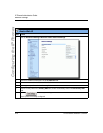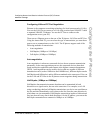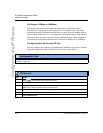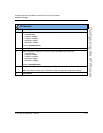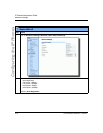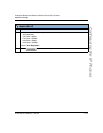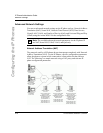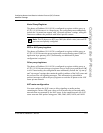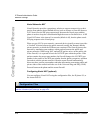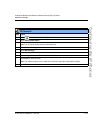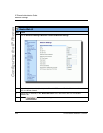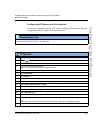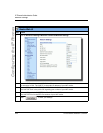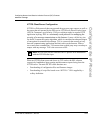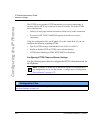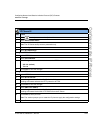
Network Settings
4-18 41-001160-00, Release 2.1, Rev 04
IP Phone Administrator Guide
Configuring the IP Phones
Nortel Networks NAT
Nortel Networks provides a proprietary solution to support connectivity to their
proxies from phones placed behind devices (such as routers or firewalls) that use
NAT. Nortel uses the SIP ping request/reply between the Nortel proxy and the
phone in order to keep the connection through the router or firewall active. A SIP
Nortel NAT timer is the interval, in seconds (default is 60), that the phone sends
SIP ping requests to the Nortel proxy.
When you use NAT in your network, a network device (usually a router) provides
a “firewall” division between the public network (usually the Internet) and the
private network, to which the IP Phones are connected. The firewall protects the
network by translating port numbers within packets between the public and
private networks. When using NAT, and an RTP packet arrives at the public side
of the firewall, it is expected to have the NAT RTP port within the packet. If the
packet contains the proper port number, the firewall changes the NAT RTP port
number in the packet to the RTP port number that the phone recognizes, and then
forwards it onto the private network. Often the router/firewall automatically
discovers these various port numbers and other information concerning public and
private sides of the network with the use of the Universal Plug and Play (UPnP)
Protocol between the phone and the router/firewall.
Configuring Nortel NAT (optional)
You can configure Nortel NAT using the configuration files, the IP phone UI, or
the Aastra Web UI.
Configuration Files
For specific parameters you can set in the configuration files, see Appendix A, the section, “Network
Address Translation (NAT) Settings” on page A-20.



